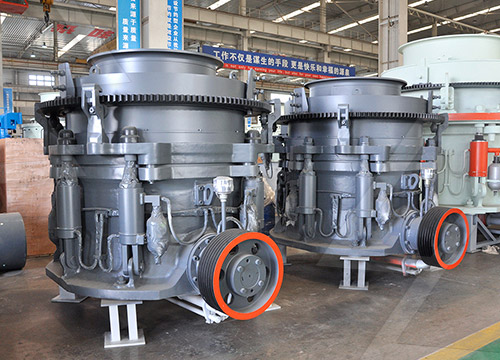A mining belt conveyor is a crucial component in mineral processing, used to transport bulk materials such as ores, coal, aggregates, and processed minerals efficiently over short or long distances. Below is an overview of its key aspects:
 1. Components of a Mining Belt Conveyor
1. Components of a Mining Belt Conveyor
– Belt: Made of rubber, PVC, or steel cord for durability and resistance to abrasion.
– Idlers/Rollers: Support the belt and reduce friction (carrying, return, impact idlers).
– Drive System: Motors, gearboxes, and pulleys that power the conveyor.
– Take-Up Unit: Maintains proper belt tension (gravity or screw take-ups).
– Loading & Discharge Points: Feed chutes and discharge hoppers.
– Cleaning Systems: Scrapers (primary & secondary) to remove material buildup.
– Safety Devices: Emergency stop switches, belt misalignment sensors.
2. Applications in Mineral Processing
– Ore transportation from mine to crusher/processing plant.
– Movement of crushed/screened minerals between stages (grinding, flotation).
– Stockpiling finished products (concentrates or tailings).
3. Key Considerations
# (a) Material Properties
– Abrasiveness → Requires wear-resistant belts & liners.
– Moisture content → Affects belt grip & cleaning efficiency.
– Particle size → Determines idler spacing & impact resistance.
# (b) Environmental Factors
– Dust control → Enclosed conveyors or spra ystems.
ystems.
– Temperature extremes → Heat-resistant or cold-rated belts.
# (c) Maintenance Requirements
– Regular inspection of belts, rollers, and alignment.
– Lubrication of bearings & tracking adjustments.
4. Advantages Over Alternatives (Trucks/Rail)
– Lower operating costs for high-volume transport.





Leave a Reply